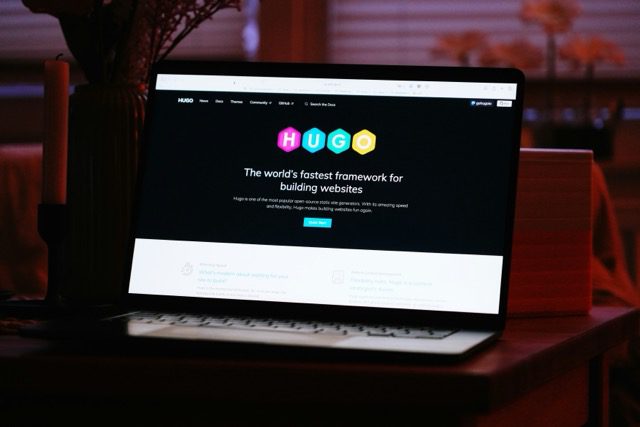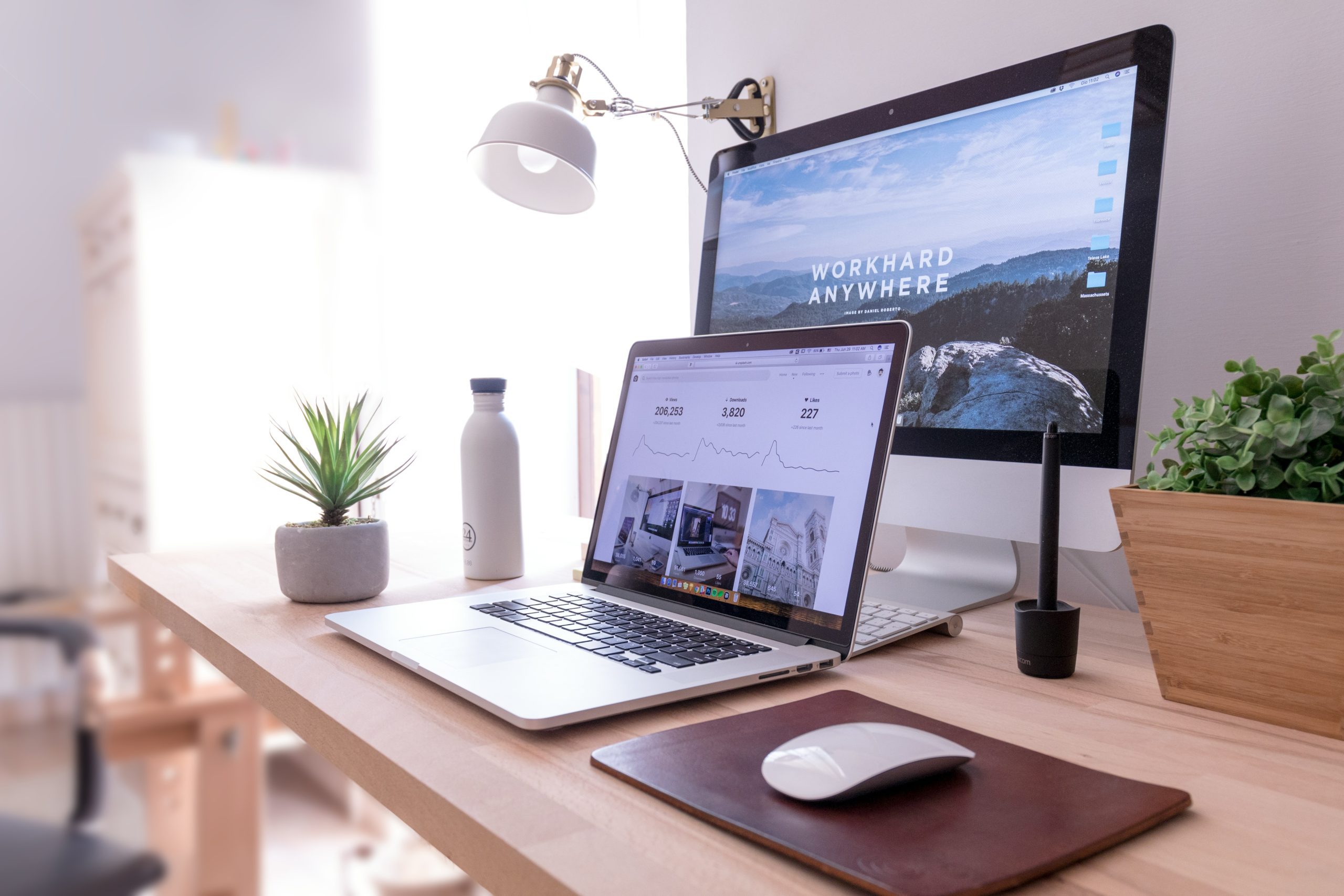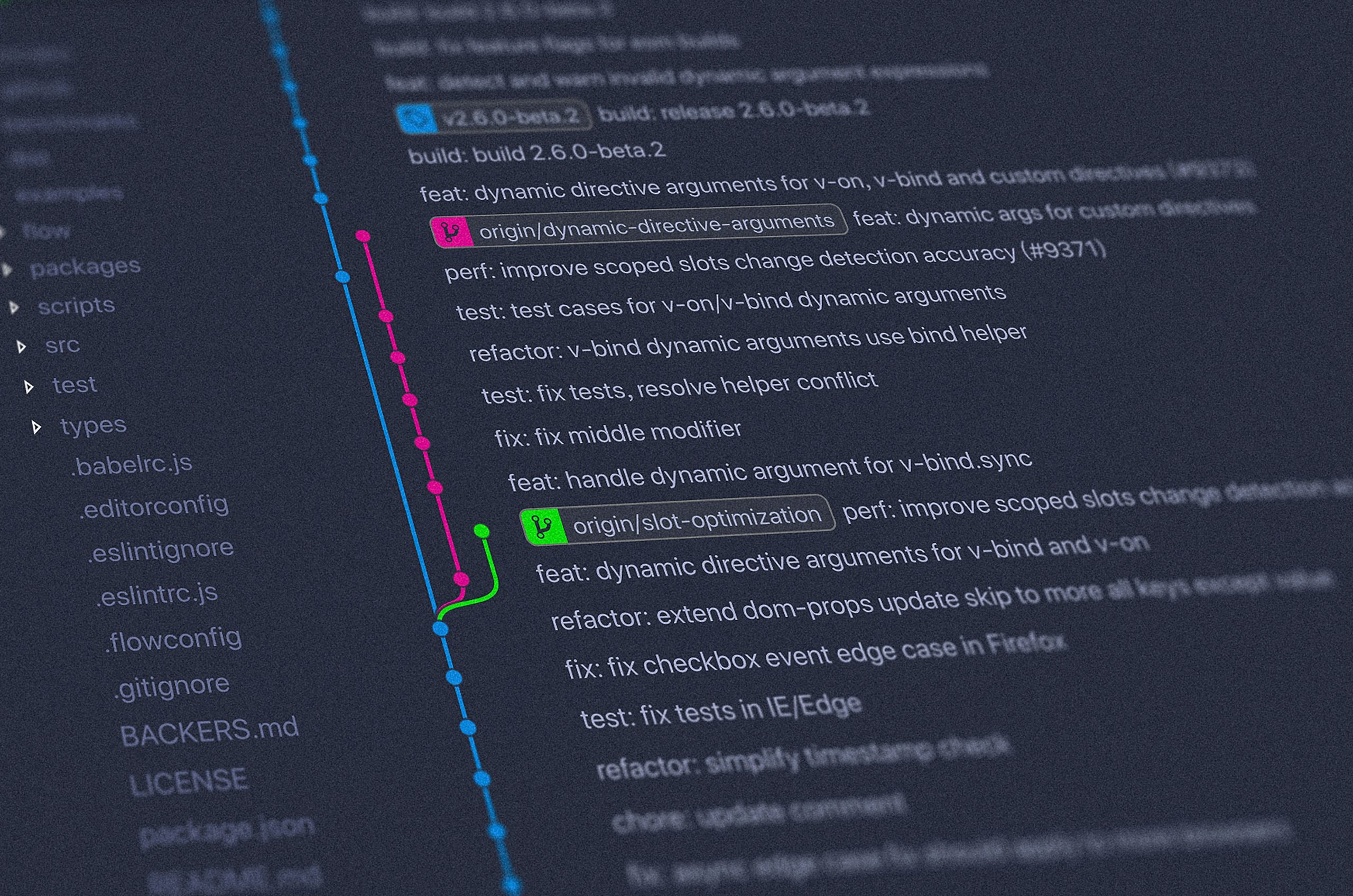How to Conduct Guerrilla Usability Testing: A Comprehensive Guide
In the fast-paced world of digital design and innovation, understanding your user experience (UX) is crucial. One effective and cost-efficient method is guerrilla usability testing. But how do you conduct guerrilla usability testing effectively? This guide will walk you through the process, its importance, and how to maximize its benefits for your product.
What is Guerrilla Usability Testing?
Guerrilla usability testing is an informal and straightforward method to gather insights about your product’s usability by observing how real users interact with it. Unlike traditional usability testing, which often occurs in controlled environments, guerrilla testing happens where your potential users are, such as cafes, shopping malls, or public parks. This approach is both cost-effective and flexible, making it a popular choice for startups and small businesses.
Why Conduct Guerrilla Usability Testing?
Conducting guerrilla usability testing offers several advantages:
- Cost-Effective: Requires minimal resources and can be set up with limited budgets.
- Quick Turnaround: Provides immediate feedback from real-world users.
- User-Centric Insights: Gathers genuine responses from diverse demographics.
- Improved User Experience: Identifies pain points and usability issues to create a smoother user experience.
Steps to Conduct Guerrilla Usability Testing
1. Define Your Objectives
Before diving in, clarify what you aim to achieve. Are you testing a specific feature, overall user flow, or the intuitiveness of your design? Having clear objectives will guide the testing process and keep it focused.
2. Prepare Your Materials
Ensure that your prototype or product is ready for testing. This could be a digital product, a physical mock-up, or wireframes, depending on your current project phase. Additionally, prepare any necessary scripts or tasks for participants to follow.
3. Choose a Location
Select a location where you are likely to find your target users. Popular spots include coffee shops, libraries, or public parks. Your choice should align with where your potential users naturally congregate to ensure diverse participation.
4. Approach Participants
Respectfully and politely approach potential participants. A simple, friendly introduction explaining who you are and what you’re testing can go a long way. Offer an incentive, such as a small gift card or a coffee, to thank them for their time.
5. Conduct the Test
Observe participants as they interact with your product. Encourage them to think aloud and express any difficulties they encounter. Keep the sessions short, ideally between 5 to 15 minutes, to maintain engagement and get spontaneous feedback.
6. Analyze Feedback
After collecting data, analyze the feedback to identify common themes and usability issues. Look for patterns in user behavior and note any recurring problems that need addressing.
7. Implement Changes
Use the insights gathered to make informed changes and improvements to your product. Address the main usability challenges and re-test, if necessary, to verify the effectiveness of the implemented solutions.
Best Practices for Guerrilla Usability Testing
- Keep It Simple: Focus on key tasks to avoid overwhelming participants.
- Be Objective: Avoid leading questions that could bias participant responses.
- Record Sessions: With consent, record sessions for more detailed analysis later.
- Stay Neutral: Do not intervene too much; let the user experience the product naturally.
Conclusion
Understanding how to conduct guerrilla usability testing can profoundly impact your product’s success. By getting real-world insights quickly and efficiently, you can identify usability issues early on, saving time and resources in the long run. Whether you’re a startup or an established company, incorporating guerrilla testing into your development process ensures you’re on track to delivering a seamless user experience.
For more detailed insights and resources on UX design and guerrilla testing strategies, you can explore Nielsen Norman Group and Interaction Design Foundation.




